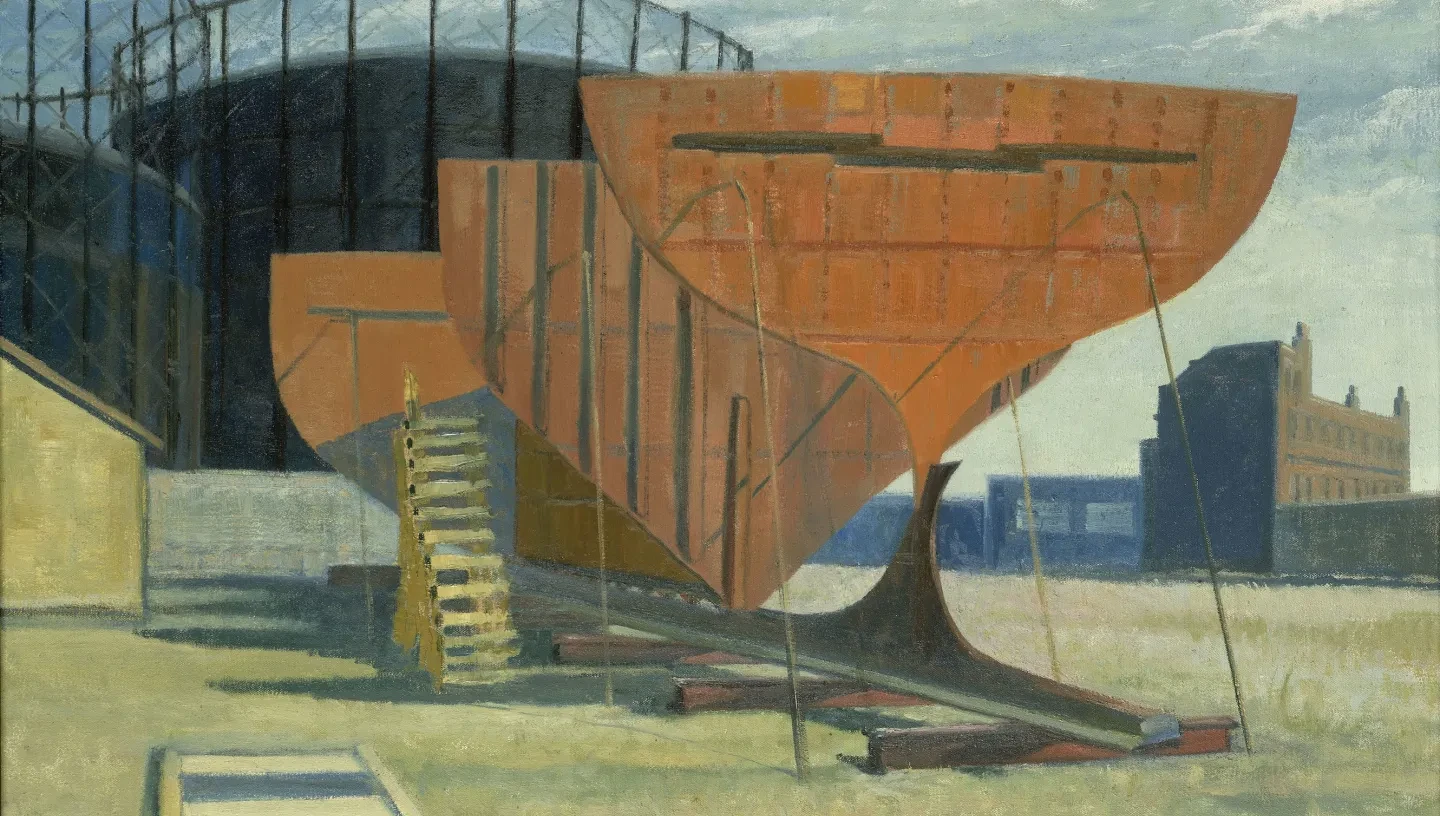
Shipbuilding: 1800–Present
From the 19th century onwards, ships began to be built from iron and steel. Sails were also replaced with steam engines and paddles with propellers.
For thousands of years people have navigated the world’s oceans by ship, whether it was to trade, travel, fight or explore. Up to the 19th century, ships were made out of wood. It was only in the 1800s that iron and steel ships were introduced and sails were replaced with steam engines.
Iron ships
Ships built out of wood could not be built much longer than 80 metres. The timber frames also took up quite a lot of space. In the 19th century, the industrial revolution meant that shipbuilders could build ships using iron. These iron ships could be much larger, with lots more space for cargo. They didn’t need as much work to keep them in good condition. Isambard Kingdom Brunel’s Great Britain, built in 1843, was the first ship to be built entirely of wrought iron.
Steel and steam ships
In the 1880s steel began to be used instead of iron. Ships also began to be fitted with steam engines. Steam engines were first used in paddle steamers. The engine turned two paddle wheels. Paddle steamers were not suited to the open sea because in heavy seas the waves lifted one wheel right out of the water while the other one went right under, and this strained the engines.
The first steam-powered vessel to be introduced was the Charlotte Dundas, engineered in 1801 by William Symington, the British pioneer of marine steam propulsion. She was used on the Forth-Clyde canal to tow vessels.
Propellers introduced
From the 1840s, screw propellers replaced paddle wheels in steamships. Propellers work much more efficiently and are still used on most ships today.
Steam ships still had some other problems. A great deal of coal was needed to travel even fairly short distances. On a voyage to a distant part of the world, there might not be anywhere to collect more coal. For this reason, ships continued to be fitted with sails even though they carried engines. Today, diesel or gas turbine engines use fuel much more efficiently.
Shipping today
Since around 1940, ships have been produced almost exclusively of welded steel. They are built in prefabricated sections and then lifted into place – this is known as ‘block construction’. As of 2014, the longest ship ever built was the oil tanker Seawise Giant, measuring 1,504.1 ft.
Find out more about:


